The FIxed Stars
of MedIeval MagIc
While we know that twinkling is a way to tell the difference between a star and a planet, people in ancient times and up through the Middle Ages did not. They did, however, notice a difference in behavior and made intelligent distinctions. In ancient Egypt, stars were called imperishable stars and the planets were called the stars that never rested.33 In medieval Europe, the stars and planets were called fixed stars and wandering stars, respectively. Fixed stars rose and set as did the sun, but they seemed to stay in the same pattern in relation to other stars. The planets were called wandering stars because their positions changed within a shorter period of time. They also seemed to move independently of other stars.
The fifteen stars noted by Agrippa were considered particularly powerful for magic by medieval astrologers in Europe and the Middle East. These can be considered as the high-profile stars that Agrippa called the Behenian fixed stars. This name has caused some confusion. According to some sources, the word “behenian” comes from Arabic bahman, meaning “root.” However, according to author and translator James Freake, Agrippa used the term behenian “as a synonym for Arabian.” 34 The word “behen” was derived from the Arabic bahman, which is a particular kind of root. Native to the Euphrates Valley, Withania somnifera was known as Bahman Root in parts of the Middle East and is still used in Ayurvedic medicine today. In medieval times it was used as a cure for various ailments and to protect against evil. As a result, these stars were considered important medicinally and magically.
Through the Middle Ages and Renaissance, the use of fixed stars for high magic and astrology was common practice, but because some stars have rather fatal or negative associations the use of fixed stars in astrology gradually fell out of favor. However, modern astrologers have rediscovered these stars as a source of knowledge and have been using them as a way to add information to readings. Today, astrologers point out that the negative aspects ascribed to some stars serve as warnings and point out aspects of life of which one may need to be particularly mindful.
From early times, astrologers equated the attributes and energy of the planets with the constellations and individual stars. These planets consisted of the traditional five (Mercury, Venus, Mars, Jupiter, and Saturn) as well as the sun and moon, which were often referred to as luminaries. Since then, the outer planets have been discovered and modern astrology, quite naturally, includes them. The following table provides a brief overview of these energies and attributes.
|
Table C.1. Planetary Attributes of Astrology |
|
|
Sun |
Personal identity, sense of who you are, the self, the ego |
|
Moon |
Inner identity, ideals, emotions, what you seek, the soul |
|
Mercury |
The intellect, ideas, communications, your mental picture of the world |
|
Venus |
Creative expression, beauty, relationships, social skills, love |
|
Mars |
Energy, action, initiative, motivation, sexual drive |
|
Jupiter |
Expansion/learning and integration, growth, luck, achievement |
|
Saturn |
Learning life’s lessons, responsibility, building a foundation and structure for life |
|
Uranus |
Independence, different approaches, change |
|
Neptune |
Vision, creativity, illusion |
|
Pluto |
Transformation, regeneration, rebirth |
According to Agrippa, the Behenian fixed stars were a source of power for the planets. One way that Agrippa assigned planetary equivalents to stars was by color. However, this system did not account for all the various star colors, which outnumber the colors of planets. It also did not take into consideration the fact that many are actually double or multiple stars, which in most cases he would not have known without a high-powered telescope.
Working with what he knew, Agrippa correlated the energy of particular plants and gemstones commonly used in ritual and magic with the energy of stars to draw their power. You may want to try these plants and gemstones if you work with these stars. Likewise, the sigils associated with fixed stars were used as talismans to attract and hold the energy of the stars. Although Agrippa presented the sigils in his work, their origin may date back to an Egyptian source.
Just as we learned to meditate and hold the image of a constellation in our minds, the sigils can be used in the same way. They can also be carved into candles or painted on gemstones and other items that we want to use as talismans. When laying out a star pattern, you may want to substitute a star’s sigil instead of the type of object you are using for the other stars in the constellation. In addition, you may come up with your own sigils for these stars or any others with which you work.
Agrippa’s Fifteen Powerful Stars
Aldebaran
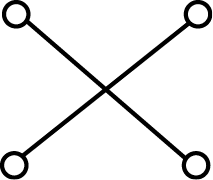
Official Designation: Alpha Tauri
Constellation: Taurus
Gemstones: Garnet, ruby
Plants: Milk thistle, woodruff
Aldebaran served as one of the four royal stars of Persia as the Guardian of the East. Ptolemy equated it with Mars; however, later astrologers equated it with Mars and Venus as well as Mercury, Mars, and Jupiter. Aldebaran is associated with honor, intelligence, eloquence, steadfastness, courage, honesty, and success.
Algol
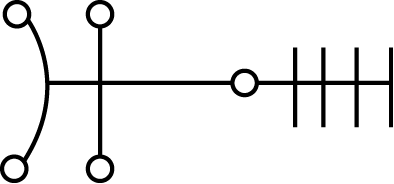
Official Designation: Beta Persei
Constellation: Perseus
Gemstone: Diamond
Plants: Black hellebore, mugwort
Ptolemy equated this star with Saturn and Jupiter. In ancient times, it was considered one of the most evil stars and linked with demons. The reason for this may be because it was associated with the independent and strong-willed Lilith. To some ancient people, female power and sexual energy was considered an abomination. This star is now associated with strength, intense passion, and the forces of the natural world.
Alphecca
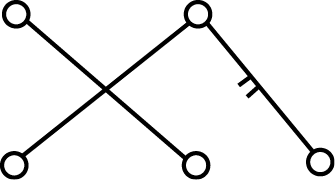
Official Designation: Alpha Coronae Borealis
Constellation: Corona Borealis
Gemstone: Topaz
Plants: Rosemary, trefoil, ivy
Ptolemy equated this star with Venus and Mercury; Agrippa with Venus and Mars. Later astrologers equated it with Mars and Mercury. This star is associated with love, honor, artistic skills, quiet achievement, and a change in social status that is earned.
Antares
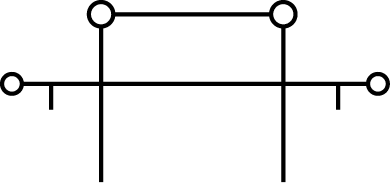
Official Designation: Alpha Scorpii
Constellation: Scorpius
Gemstones: Amethyst, sardonyx
Plants: Saffron, snakeroot
Antares was one of the four royal stars of Persia and called the Guardian of the West. Ptolemy equated it with Mars and Jupiter. While in the past it was associated with evil and destructiveness, it is now considered to toughen a person for dealing with difficult issues. It also indicates that one should be mindful of the potential for self-destruction. Antares is an aid in driving away evil spirits and can be used for defense and protection.
Arcturus

Official Designation: Alpha Boötis
Constellation: Boötes
Gemstone: Jasper
Plant: Plantain
According to Ptolemy, this star is equated with Mars and Jupiter. It is associated with protection and guidance (a night-watcher of sorts) and success in the arts. Additionally, it is linked with learning, teaching, leading, and exploring.
Capella
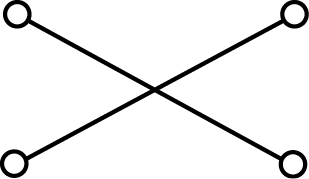
Official Designation: Alpha Aurigae
Constellation: Auriga
Gemstone: Sapphire
Plants: Horehound, mint, mugwort, thyme
Ptolemy equated this star with Mars and the moon; Agrippa with Jupiter and Saturn. It is associated with honors, public position, and wealth. Capella is also linked with ambition but warns that a person needs to be mindful that he or she does not let it get out of hand.
Deneb Algedi
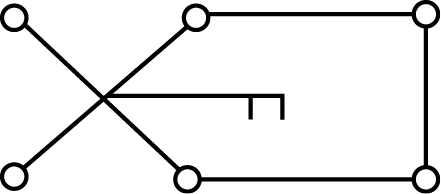
Official Designation: Delta Capricorni
Constellation: Capricornus
Gemstone: Chalcedony
Plants: Mandrake, marjoram, mugwort
While Ptolemy equated this star with Jupiter and Saturn, Agrippa noted that it was more like Saturn and Mercury. It is associated with wisdom, integrity, and justice. In the past, Deneb Algedi was linked with opposites: sorrow and happiness, life and death. Today’s interpretation associates it with the fullness of life and the importance of balance.
Gienah / Algorab
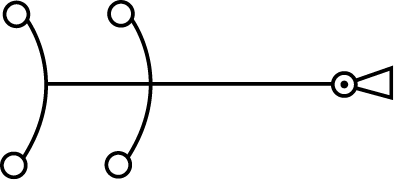
Official Designation: Gamma Corvi and Delta Corvi
Constellation: Corvus
Gemstone: Onyx
Plants: Burdock, henbane, comfrey
Ptolemy equated this star with Saturn and Mars. In medieval magic, it was used to drive away evil spirits.
The Pleiades
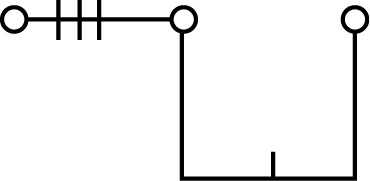 Official Designation: M45
Official Designation: M45
Constellation: Taurus
Gemstone: Quartz crystal
Plants: Frankincense, fennel
According to Ptolemy, the Pleiades were equated with Mars and the moon. They are associated with love, eminence, and seeking inner knowledge. These stars are instrumental for communication with spirits and engendering peaceful energy.
Polaris
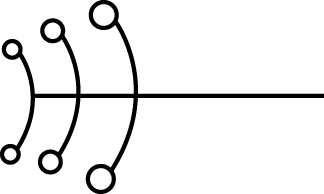
Official Designation: Alpha Ursae Minoris
Constellation: Ursa Minor
Gemstone: Lodestone
Plants: Chicory, mugwort, periwinkle
Ptolemy equated this star with Saturn and a little bit with Venus. Agrippa thought that Venus and the moon were more appropriate. In medieval magic, it was used for protection against spells. Polaris is associated with having a sense of where you want to go in life and having a mission.
Procyon
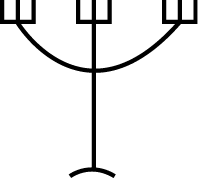
Official Designation: Alpha Canis Minoris
Constellation: Canis Minor
Gemstone: Agate
Plants: Buttercup, marigold, pennyroyal
Ptolemy equated Procyon mostly with Mercury and a little with Mars. In the past it was linked with dangers. Now it is associated with power, good health, wealth, and fame. The caution with this star is to be mindful of fortune and success because it can slip away. Also, don’t look for quick profit or rapid success as they may be short lived.
Regulus
 Official Designation: Alpha Leonis
Official Designation: Alpha Leonis
Constellation: Leo
Gemstones: Garnet, granite
Plant: Mugwort
Regulus was one of the royal stars of Persia and known as the Guardian of the North. Ptolemy equated it with Jupiter and Mars. It is associated with power, success, and strength. The warning with Regulus is that once these attributes are attained they should never be used for revenge; otherwise all that was gained will be lost.
Sirius
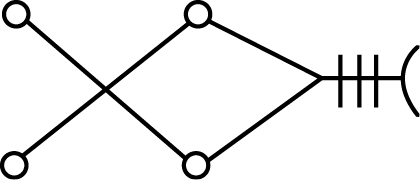
Official Designation: Alpha Canis Majoris
Constellation: Canis Major
Gemstone: Beryl
Plants: Juniper, dragonwort
Ptolemy equated Sirius with Jupiter and a little with Mars. It is associated with communication, marital peace, passion, faithfulness, and wealth. Sirius is also considered a guardian.
Spica
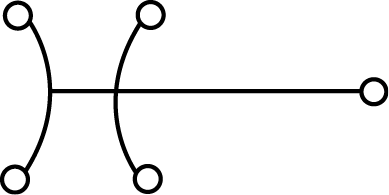
Official Designation: Alpha Virginis
Constellation: Virgo
Gemstone: Emerald
Plants: Sage, clover
Ptolemy equated Spica with Venus and Mars; Agrippa with Venus and Mercury. This star is associated with protection, abundance, psychic abilities, knowledge, and insight.
Vega
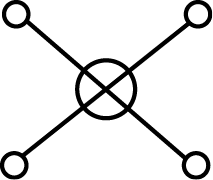
Official Designation: Alpha Lyrae
Constellation: Lyra
Gemstone: Chrysolite
Plant: Winter savory
Sometimes called Wega, Ptolemy equated this star with Mercury and Venus. It is associated with artistic talents, social awareness, and magic as well as hopefulness and idealism. It is often used to avert fear.